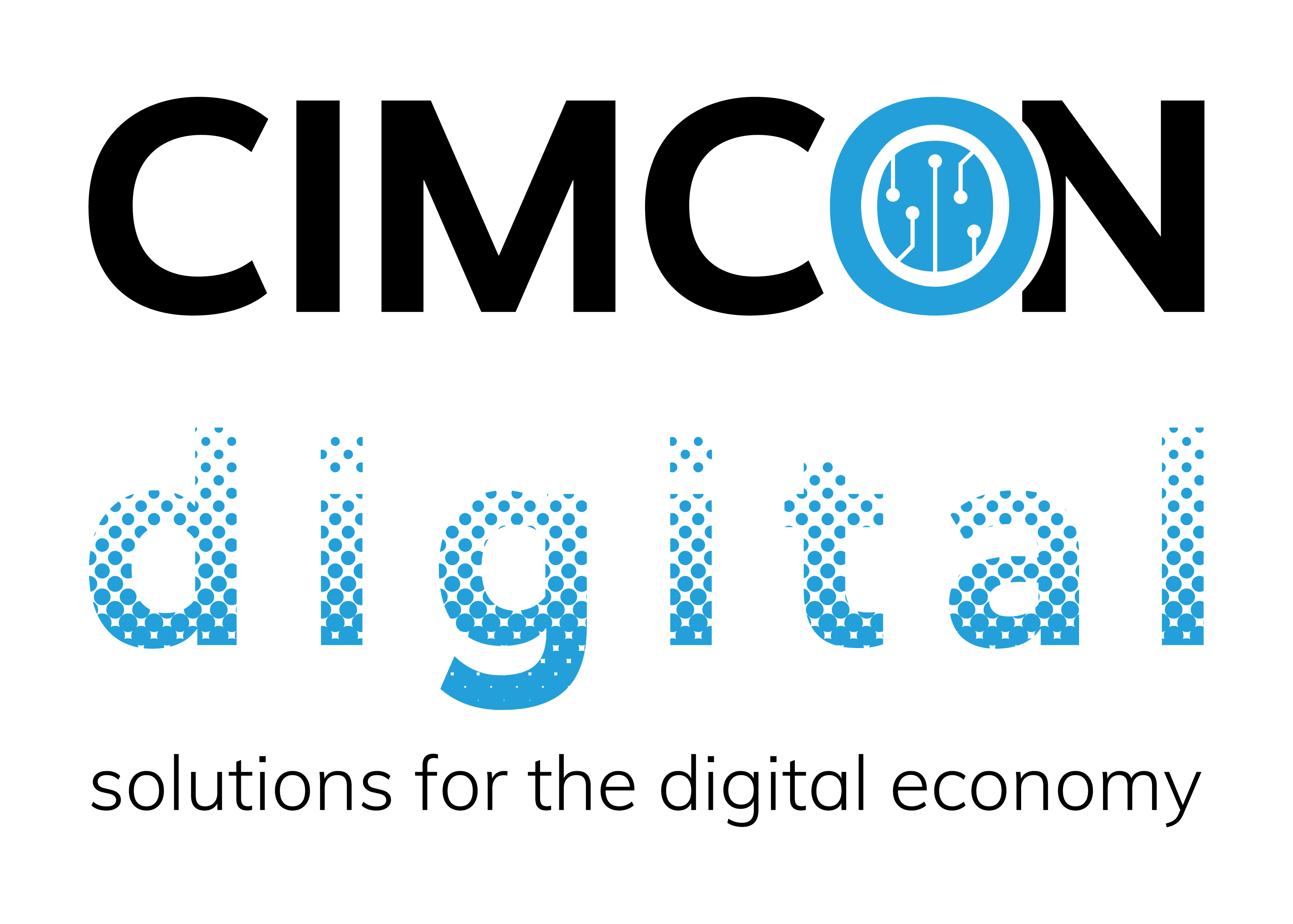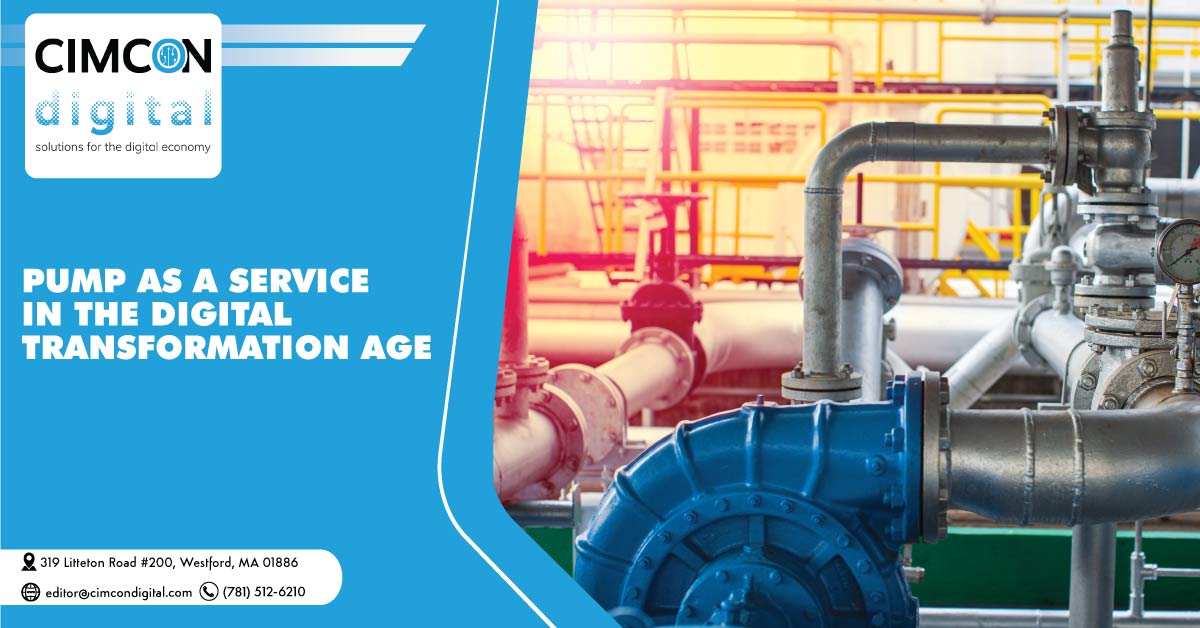The question that the pump manufacturers ask today is, “how can manufacturers create new revenue streams while also competing more effectively in a global market which is fixated on lowest-cost production?” The answer lies in the fact that service transformation, enabled by connected technologies and alternative service approaches, is the key to diversifying pump manufacturing revenue streams while generating unprecedented value for customers. The terms pump-as-a-service has come into use over the last few years. With the advent of new technology, servicing pumps is becoming a key revenue generator for pump manufactures.
How do Pump Manufacturers Fare in the Digital Transformation?
Pump manufacturers are looking at the service industry in a whole new light as pump industry growth has slowed and the servicing industry has surged in growth. The pump market is in a mature stage with nominal growth expected, while the service industry is expected to grow at a stronger rate.
What is the importance of services in a Pump Manufacturing Organization?
Basic services in a pump manufacturing industry include installation and commissioning, replacement, maintenance, repair, and overhauling (MRO). These have generated $10,578.5 million revenue in 2018. This is the main segment, constituting 70% of the total pump services segment; they cater to essential end-user requirements. Services are becoming increasingly important to pump manufacturers due to the following:
- With a higher number of pump installations across the globe, scheduled maintenance and servicing is imperative for end-users across industries.
- With an increasing inclination towards reducing OPEX and maximizing asset utilization, end-users are showing keen interest in leveraging extensive services that help assess, evaluate, and analyze a pump’s health and performance.
- Pump manufacturers are likely to experience higher demand from end users for advanced services such as remote monitoring, vibration monitoring, and real-time control in the coming years. These service offerings are gaining a higher degree of importance as end users stive to gain visibility on the health of pumps and their wetted parts.
What Factors Impact the Shift in the Pumps Business Model from Pumps to Service?
Reduction in Operational Expenditure (OPEX)
According to the 2018 Frost & Sullivan end-user survey, pumps—especially critical pumps—were ranked as the top-most asset in terms of incurring high operational and maintenance cost as well as requiring continuous monitoring. Limited capital spending compels end users to adopt proactive plant maintenance methods.
Need to Maximize Pump Utilization and Lifecycle
Visibility on the performance of pumps and their wetted parts such as seals and bearings are imperative so that end users can prevent early replacement of equipment and parts, maximize asset utilization, and reduce total equipment costs.
Need for Personalized Services
Consumers require end-to-end support across all aspects of the pump lifecycle, including selection, customization, commissioning, installation, and maintenance. End users love to have a dedicated team of experts offering critical support to enhance pump efficiency across plant sites.
Adapting to Fluctuating Energy Costs and Regulatory Mandates
Pumps designed with energy monitoring capabilities which reduce waste and consumption during process operations are critical so consumers can abide by regional regulations.
How can Pump Manufacturers Achieve Service Transformation?
Service transformation cannot be achieved overnight by pump manufacturers. This journey requires pump manufacturers to enable smarter decisions, differentiate service offerings, and completely redefine value for customers. There is no one-size-fits-all strategy for creating a services offering, but pump manufacturers can use the following stages as a rough guide:
The first stage is the visibility of key data to improve efficiency, thereby increasing customer satisfaction. Examples include monitoring pumps remotely, detecting anomalies, and providing customers with the right up-to-date service and part information digitally; this allows pump manufacturers to increase service parts revenue through a more efficient experience. The pump manufacturers need to monitor products remotely to better anticipate and reduce unplanned downtime. Traditional remote monitoring can be enhanced with the use of edge-based analytics to identify pump anomalies that typically precede service issues. The result is a reduced time for service event resolution.
The second stage is to create a competitive differentiation via service plans for proactive service. The results are optimized pump service parts inventory and the ability to service the pumps remotely. Pump manufacturers can also differentiate the service business by using predictive analytics to drive proactive service and automate scheduling. They can use real-time and historical data with machine learning to accurately predict pump health issues. As the service work shifts from reactive to proactive, customers experience reduced ownership costs due to lower maintenance costs and increased uptime. By using connected products, pump manufacturers can resolve issues before customers are even aware of them by enabling remote service and OTA updates. Because of the remote services, on-site technician visits are only needed when issues and routine updates cannot be handled remotely. This greatly improves customer satisfaction, because on-site visits are resolved in a timely and effective manner.
The final stage involves elevating the relationship with customers from that of a vendor to an integral partner; this replaces short-term, transactional engagements with long-term relationships. Service is a not a commodity. Rather it is a valuable, necessary part of the customer’s business. Pump manufacturers can deliver premium service offerings which only they can provide through the analysis of connected data gathered from the customer. These offerings generate additional revenue and improve margins for the manufacturer. Pump manufacturers can also generate and quantify predictable outcomes and costs to minimize risk, thereby improving efficiency and reducing customer costs.
Conclusion
Pump sales are no longer the primary revenue earners for pump manufacturers. Today, pump manufacturers focus on services to generate significant profits by meeting customer’s needs. To successfully transform to the pump-as-a-service model, manufacturers must implement connected technologies. Employees should be upgraded with new skills and implementation should be done properly to provide the best service possible. CIMCON Digital’s iEdge Platform 360 can collect valuable data from pumps. Then, Artificial Intelligence and Machine Learning algorithms can analyze this data to provide clients with a truly predictive maintenance system. CIMCON Digital’s iEdge IoT platform enables you to switch to the pump-as-a-service model quickly without any heavy lifting, creating new revenue streams. Follow us to learn more about our iEdge Platform.



Leave a Reply